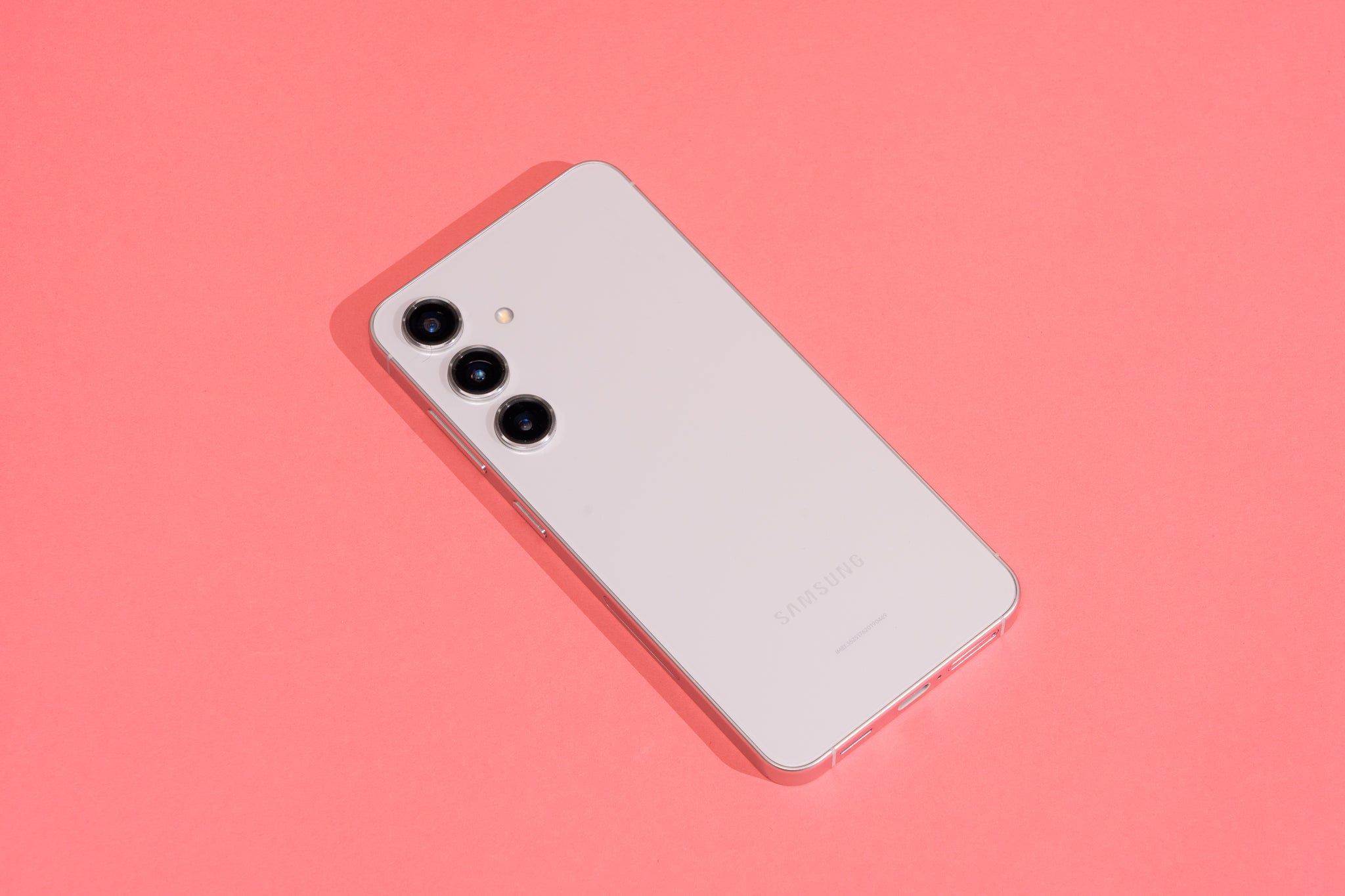In the United States, seniors often need affordable and easy-to-use solutions to manage their blood sugar levels. In recent years, smart phones (or related applications and devices) with blood sugar monitoring functions have gradually become a practical health tool.

The proportion of elderly people suffering from diabetes is large
Senior citizens account for a considerable proportion of diabetes patients in the United States. According to the Centers for Disease Control and Prevention (CDC), about 26% of adults aged 65 and above are diagnosed with diabetes. This means that more than 1/4 of the elderly need to monitor their blood sugar levels regularly in order to adjust their diet, medication or insulin use in time.
Blood sugar monitoring can help seniors avoid acute problems caused by hypoglycemia or hyperglycemia, such as coma or cardiovascular events.
Long-term high blood sugar may lead to impaired vision, neuropathy or kidney failure. Continuous blood sugar monitoring can help reduce the risk of these complications.
By accurately understanding their blood sugar situation, seniors can better manage their daily lives and avoid unnecessary anxiety and health risks.
In recent years, the combination of smart phones and blood glucose monitoring technology has provided a convenient option for the elderly. This combination is usually achieved in the following two ways:
Many brands of blood glucose monitors can be connected to smartphones via Bluetooth or NFC. These devices usually come with a user-friendly mobile application that can record and analyze blood glucose data in real time. Some well-known brands include:
Freestyle Libre
This is a popular needle-free blood glucose monitoring device that can directly transmit data to mobile phones.
Dexcom G6
Dexcom's device can provide real-time blood glucose updates through mobile phone applications and has an alarm function that can remind users that blood glucose levels are too high or too low.
Contour Next One
This is an affordable blood glucose monitor that is suitable for connection with smartphones and is easy to operate.
Modern smart phones (such as iPhones and some Android devices) usually have built-in health management applications. These applications can record blood glucose data and can also be synchronized with other health devices. For example:
Apple Health App
The iPhone's health app can integrate blood glucose monitoring data and share information with other third-party health apps.
Google Fit
The Android system's Google Fit provides blood glucose management functions and is compatible with a variety of third-party devices.
Here are some affordable smart phones for the elderly that support blood glucose monitoring devices and have a simple and easy-to-use interface:
Features:
The iPhone SE is a cost-effective Apple phone that supports all iOS blood glucose monitoring apps, such as Freestyle Libre, Dexcom, etc. Its operation interface is simple and suitable for users with lower technical skills.
Advantages:
Small and light, easy to carry
Supports large font mode, suitable for elderly people with poor eyesight
Seamless integration with Apple Health app
Price range: about $399-$429
Features:
This Samsung phone belongs to the low-to-medium price range, but it has powerful functions. Supports multiple health applications such as MySugr and Google Fit.
Advantages:
Large screen with clear display
Affordable, suitable for elderly people with limited budget
Long battery life
Price range: about $249-$299
Features:
Designed for the elderly, with a simplified operation interface. Although the functions are not as good as iPhone or Samsung, it supports basic blood sugar monitoring applications.
Advantages:
Equipped with an emergency call button for increased sense of security
Large fonts and icons for easy operation
Low price
Price range: about $149-$199
Features:
The Google Pixel series is known for its clean Android system and excellent cost-effectiveness. Pixel 6a supports a variety of health applications and is suitable for the elderly who pursue smart life.
Advantages:
Smooth system and simple operation
High-resolution screen, suitable for viewing blood sugar data
Regular system updates, high security
Price range: about $349-$399
When choosing an affordable blood sugar phone for the elderly, the following key factors should be considered:
The elderly may not be very adaptable to complex technology, so they need to choose a device with a simple operating interface and intuitive functions. For example, phones that support voice assistants and large font modes are more suitable.
Make sure the selected phone is compatible with mainstream blood glucose monitoring devices and applications, such as Freestyle Libre, Dexcom or MySugr.
Consider the budget of the elderly and choose a cost-effective device while avoiding unnecessary additional charges for features.
The elderly may need additional safety features, such as emergency call buttons or speed dial settings.
In addition to purchasing suitable mobile phones and devices, here are some ways to help the elderly reduce the cost of blood glucose monitoring:
In the United States, many medical insurances (such as Medicare Part B) cover part of the cost of blood glucose monitoring devices. The elderly can confirm the relevant policies with the insurance company.
Many blood glucose monitoring device brands offer discount programs. For example, Freestyle Libre sometimes provides free trials or discount coupons.
Some nonprofit organizations offer programs to help people with diabetes get affordable blood sugar monitoring tools, such as the American Diabetes Association's grant program.
Many blood sugar monitoring apps and phones have reminders that can help seniors measure their blood sugar and record data on time.
Family members or medical staff can help seniors get familiar with the basics of phones and monitoring devices to ensure they can use them independently.
Through smartphones and apps, seniors can share blood sugar data with their doctors to get personalized medical advice.
In the United States, affordable and powerful blood sugar monitoring phones provide seniors with an efficient and convenient health management tool. By choosing the right smartphone, using compatible blood sugar monitoring devices, and taking advantage of insurance and discount programs, seniors can easily monitor their blood sugar levels and improve their quality of life.
It is hoped that the comprehensive guidelines in this article will help older adults and their families make informed choices and provide practical support for health management.